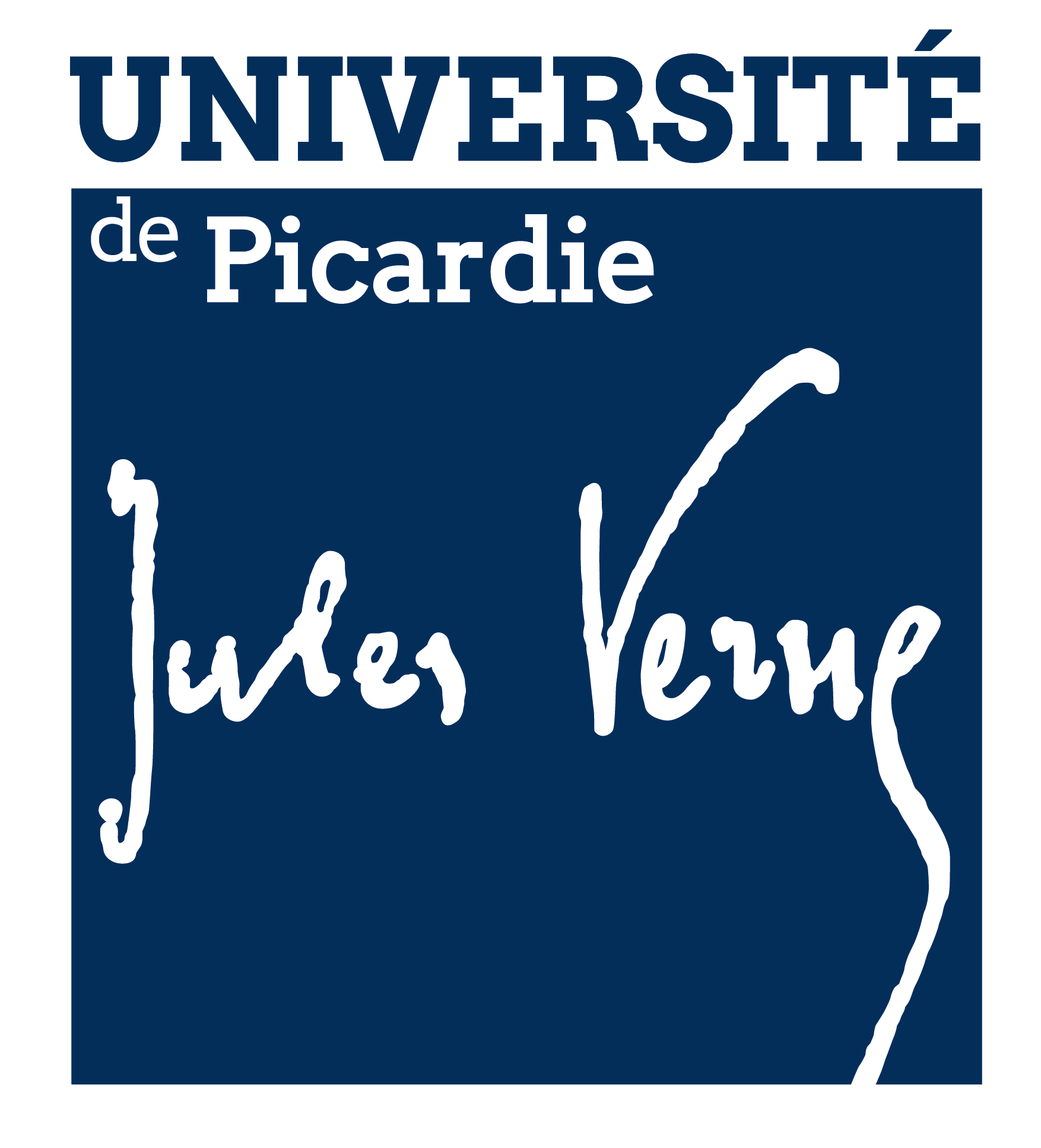Isolation and Identification of Flavones Responsible for the Antibacterial Activities of Tillandsia Bergeri Extracts.
Résumé
Plants are an everlasting inspiration source of biologically active compounds. Among these medicinal plants, the biological activity of extracts from some species of the Tillandsia genus has been studied, but the phytochemistry of the hardy species Tillandsia bergeri remains unknown. The aim of the present study was to perform the first phytochemical study of T. bergeri and to identify the compounds responsible for the antibacterial activity of T. bergeri extracts. Soxhlet extraction of predried and grinded leaves was first performed using four increasing polarity solvents. A bio-guided fractionation was performed using agar overlay bioautography as a screening method against 12 Gram-positive, Gram-negative, sensitive, and resistant bacterial strains. The results showed the inhibition of Gram-positive methicillin-sensitive Staphylococcus aureus ATCC 29213 (MSSA), methicillin-resistant S. aureus N-SARM-1 (MRSA), and Staphylococcus caprae ATCC 35538 by the dichloromethane fraction. A phytochemical investigation led to the isolation and identification by high-resolution mass spectrometry and nuclear magnetic resonance of the two flavones penduletin and viscosine, responsible for this antibacterial activity. For viscosine, the minimum inhibitory concentration (MIC) value is equal to 128 μg/mL against MSSA and is equal to 256 μg/mL against MRSA and S. caprae. The combination of these compounds with vancomycin and cloxacillin showed a decrease in MICs of the antibiotics. Penduletin showed synergistic activity when combined with vancomycin against MSSA (FICI < 0.258) and S. caprae (FICI < 0.5). Thus, unexplored Tillandsia species may represent a valuable source for potential antibiotics and adjuvants.
Domaines
Biologie végétale| Origine | Fichiers éditeurs autorisés sur une archive ouverte |
|---|---|
| licence |




